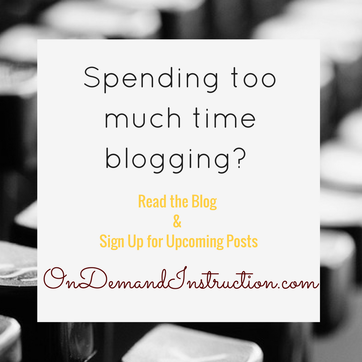
Over the last decade, business marketing expectations have skyrocketed. Today, businesses—small and large alike—all need to write and maintain a regular blog to keep up with customer demand for product and service information. But as you are blogging away at your business, precious time is taken from the many duties of running your business: producing your products, reaching out to new clientele, and managing the day to day workload. For a small business owner, this can be taxing in time and energy.
So, what can a small business owner do to shorten blogging time?
Although blogging is a necessity to modern business marketing, the blogging process does not have to be a chore. Business owners and media managers can increase efficiency by putting in some tried and true writing practices: plan in advance, use a writer’s notebook, write with a variety of styles, and follow the writing process. These are the same practices that students use to balance multiple courses in college, the same practices that novelists use to compose a book under a deadline, and the same practices that freelance writers use when working with multiple clients. Because these practices work for shortening your writing time, bloggers need to master that skill set. How can the writing process speed up blogging? The writing process consists of: brainstorming, planning, drafting, editing and revising, and presenting. For many writers, the process takes a little energy the first time through but becomes smooth and efficient with practice. When we organize writing into a well-organized procedure, we get an efficient piece of writing as a result. Using the writing process as a part of blogging production keeps a writer on track, disallows distracted thinking, and maintains organization for both the blogger and the blog post. Sometimes, writers may manipulate the writing process to fit their specific needs (e.g., some writers combine the brainstorming and planning into one step), and doing so creates better organization and a quicker blogging process. A little organization is something all bloggers need.
Can utilizing a variety of writing styles make a difference?
Absolutely. I recently met with a new blogger to support her through the planning process for her first blog post. She wanted to include a comparison between two skill sets, an introduction to a service her business offers, a series of definitions about her business, and a narrative to give back story on her topic. This blog post would have been a jumbled mess if I had encouraged her to continue in that vein. Instead, we looked at her topic and broke it down into several smaller goals. We needed to look at these ideas one at a time. She wanted to communicate her backstory, so I helped her to organize that into a narrative blog post. Then we moved into defining the parameters of her business, so we made that into an expository blog post. Next, we moved into a comparison of skill sets for a third blog posts. In the end, we outlined six different blog posts for her blog. With these in place, she was able to write in a more organized manner, reach out to her readership with a clear, competent voice, and engage her readers by appealing to the variety of questions they have around her topic. Breaking up her writing into different writing styles polished her blog into a professional series of posts rather than a jumbled mess.
The writer’s notebook—a great step towards efficiency for bloggers
As a blogger and business person, your website is on your mind much of the time. Why not take advantage of the situation by using a writer’s notebook? A writer’s notebook is a tool that creative writers use to keep track of the ideas that come up throughout the day, because some of our best ideas come up on the bus, while queuing for a latte, or during the down time of staff meetings. A writer’s notebook can be anything—a student notebook that fits into a purse or briefcase, a moleskin notepad that fits into a back pocket, or even a notes app on a smart phone. Pull it out whenever a question, thought, idea, or connection comes to mind. Throughout our days, we come up with many ideas that get lost when we are busy multitasking, but by using a writer’s notebook, we can capture those ideas for use in blogging. For example, I carry a writer’s notebook everywhere I go. In it, I have jotted down the notes of two coworkers who had an argument about a new company policy; I could use that as a jumping off point for a blog on whether this type of policy is effective and what the viewpoints on it are. Another page of my notebook is a list of questions I have about new technologies that I am trying out. I could easily combine these into single or multiple posts and share in a blog post; if I have those technology questions, then so do many other people. The writer’s notebook provides a useful tool for making blogging more efficient.
Focus on your business not your blogging
When you started your business, I doubt you envisioned working long, laborious hours day after day. You probably pictured yourself as a successful entrepreneur, a person in charge of their future, and someone who had the luxury of making their own decisions in life and work. By focusing your writing time and energy, you can lessen your stress, increase your motivation, and rejuvenate that inspired vision of being a successful entrepreneur. By planning out your blog posts, using a writer’s notebook, writing with a variety of styles, and utilizing the writing process, producing high-quality blogs becomes a snap, your readers are more engaged, and your stress level drops significantly. Instead of spending too much time on blogging, spend just enough efficient time on blogging and enjoy your business.
Writing Styles for Bloggers Course
Ready for more tips and tricks on writing styles for blogs? Sign up for the Writing Styles for Bloggers course, and polish your writing skills in just a couple of hours. Related Blog Posts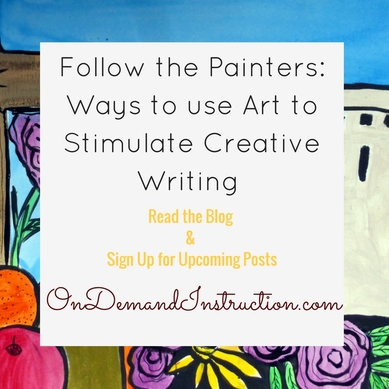
Creative writers come in all shapes and sizes. My friend Christy writes free verse poetry based on Norse mythological themes. Heather is composing a young adult novel on the fall of ancient civilizations. David has been drafting a series of creative essays similar to the This I Believe series. Cathleen creates coloring books that illustrate haiku poetry. We all seek out ways to express our inner creative spirits and advance the fluidity of inspiration.
Why do we need creativity? Creative activities offer us an avenue for stress relief, and feeling calmer cannot be overstated these days. Our modern lives are busier, more overwhelming, and less balanced than for any previous generation. Sure, we are not leaving our kids at home alone while we trudge off to the factory for a 16 hour day of filth and misery, but the expectations of work, kids, school, activities, lawn, professional development, and keeping up with our personal activities can do a creative person in. What does creativity do for us? Creativity, regardless of what the creative activity is, allows people into a state of productivity that energizes their inner selves. People express creativity in millions of different ways: writing, singing, playing an instrument, restoring old cars, gardening, crafting, sewing, woodworking, painting, drawing, pottery, photography, and the list could go on forever. People who engage in more than one type of creativity can use their creative pursuits to feed each other. When we run out of inspiration to write, switching to photography can rejuvenate the writing mojo. When we are creative, we let go of our immediate problems and become immersed in making something anew. How does creativity connect with flow? Creative activities do relieve stress because they put us into a state of flow. What is flow? Flow is the psychological state where a person involved in an activity is so immersed and focused in the action that they become totally engrossed, losing track of time and what is happening around them. Flow is energizing. Flow is therapeutic. Flow is healing. Flow is creative. Flow is where we come to create.
So, what does painting have to do with writing?
We live in a particularly visual time period. We learn by looking, understand by seeing, and comprehend by watching. Much of our entertainment is visually based, including television, film, painting, drawing, sculpture, and multimedia print art. Advertisements reach out to us with jarring visuals from magazines, billboards, and online. We are drawn to favorite colors, patterns, and textures in everything from hair color to fashion to interior decoration. What we see means something to us; what we see matters. As visual people, we consume what we see—figuratively, aesthetically, and literally. And as writers, we can work this to a weighty advantage. Whenever the writing bug hits, many of us will call into work sick and spend every waking moment (and some moments intended for sleep) writing until our fingers are chapped and swollen. Those inspirational moments when the muses place their hands upon our shoulders are rare and fleeting, but they are the days many of us tend to pine for. The writing process depends upon inspiration to allow for the right conditions for creative flow. But what do we do when the inspiration doesn’t come? What happens when we want to write but the ideas aren’t making themselves known? How can we force ourselves into a condition of creative flow? Use art. Use paintings. Use photography. This is where paintings come in to save us from those days of creative malaise. When you turn your sense of visual curiosity to paintings, great writing can result.
Spending time in a gallery or museum or just flipping through an art book at the library can be highly stimulating. Our visual senses can be heightened when we spend time looking at well-produced artwork. Paintings have inspired creatives to greatness. Willa Cather used a painting by Paul Powis to inspire her tale of Peter and Pavel in My Antonia. The characters were responsible for throwing a bride and groom to ravenous wolves en route following the wedding; they were subsequently banished and hated by their Russian village and wandered to Nebraska in shame.
Cather’s time gazing at the 1887 Sleigh With Trailing Wolves changed her perspective, altered her framework in such a way that she was able to create a tale of intrigue and suspense just from studying a painting. This is not a first. Cather named her novel The Song of the Lark for Aimé Louis Breton’s 1884 painting of the same title. Certainly, not all of us write with the same quality of Willa Cather but we can certainly take part in the inspiration that is to be had from enjoying visual art like paintings. What are activities around using paintings for inspiration? Visit art in person Of course the best possible method for enjoying artwork is to see it in person. I remember the first time that I saw a Van Gogh in person. It was at the Denver Art Museum in a traveling exhibit; the brush strokes, colors, and depth were completely different than what I had imagined by viewing the images on a computer screen or paper book. Seeing a painting in person is an experience in itself. If you have the opportunity to visit an art museum or gallery, bring along a writer’s notebook. Ask yourself questions about the painting if you need help getting started.
Use the painting as a visual link to a story that could be created. Give yourself time. The process may take more than a few minutes before the creativity starts to move. Visit art virtually Second best, but certainly still valuable, is to observe art in books or online websites. Yes, this does detract from the full sensory experience of seeing a painting, photograph, sculpture, or other piece in person, but I would rather spend virtual time with art than no time with art. If you have a library with a decent art section, head on in for an afternoon. Peruse the stacks of art books and stack up a few that appeal to you—any style, genre, artist, or method will work, and mixing it up can be particularly visually stimulating. Take your stack of beautiful books to a large comfortable library table and break out your writer’s notebook. Flip through the pages one by one and let your eyes guide you to a piece that stands out. If this piece inspires immediately, start right into brainstorming or writing. If a painting leads you in a direction but does not instantly lead you to a story or poem, then pose questions to ask about the art, its context, its style, and of course the visual complexity within it. Ready for an activity? If you are ready to pull out your favorite pen and start into a writing exercise, try this. Below are three paintings by Denver painter Colleen Hennessy. Ms. Hennessy is well known in the galleries as a prolific painter who loves Southwestern art, Hispanic themes, and documenting the human experience in sculpture, photography, and paint. She shows multiple times per year in Colorado, New Mexico, and surrounding states. Here are three of Hennessy’s paintings. Use these as immediate inspiration. What creative spark can you glean from her work in the moment? Even if you are able to jot down just a few words or images that come to mind, those may turn into a poem or story later on. Let the creative spirit guide you. Are you ready to write using art for inspiration?
Paint & Ink is a book and self-paced online course that supports creative writers through the writing process with the help of beautiful art. Denver painter Colleen Hennessy's paintings are featured throughout the book and course, which include 20 writing prompts and activities. Each activity is designed to stimulate creative thought, stress relief, and connect writers to new paths for stories. Paint & Ink contains prompts and activities around issues common to women creatives.
Related Blog Posts
Remember that it is important to create a compelling thesis statement then support it with strong data, evidence, and examples. Meaningful sentences are effective if you want to catch the interest of your audience. All paragraphs of your letter, blog, or essay should explain, support, and present pros and cons of your thesis statement.
Better sentences must be clear and concise; they should support your thesis statement throughout the entire piece. Better thesis statement is supported through strong and powerful points.
The following are some tips on how to keep your ideas free flowing and dynamic: Chronologically arranged ideas. Chronologically arranged sentences make a better thesis statement. This helps the reader digest the ideas carefully. It sends an image that you want to establish a good proposition. When sentences are chronologically arranged, it entices the audience to read more because they want to get all the details. A better thesis statement can start from a generic idea or research question down to the specific. Hierarchical points A thesis statement could follow the background-statement-opinion pattern. This is similar to presenting your supporting statements in a hierarchical format. Imagine the shape of iceberg or a pyramid: the lower portion presents general statements and it goes up the hierarchy until you reach the top. A better thesis statement starts with a general but strong point for discussion, and present ideas by being gradually specific until you get to your main point. Time related words Another way to compose interesting sentences in your thesis support is by using time related words. It is best used to connect different points of view from different authors, because it contributes to the dynamics between contradicting ideas. But in the end, it still invites readers to believe in your thesis statement. Comparisons Effective thesis support shows comparison of different points of view. Using words such as “in the same way, similarly, like”, it gives an impression that you are presenting both sides of the coin. Emphasis Supporting a better thesis statement means emphasizing important points. Highlight ideas to prove your point and guide your reader to understanding you. It may help your readers realize that you are right and eventually, agree with your statements. Clarification Another way to support a thesis statement is to use clarifying statements. This is an effective way to explain your point of view to the readers, as it is one way to explain a complex idea to your audience. Clarification includes usage of phrases such as “in other words, for instance, and put another way”. As you write more, you will inevitably develop your own style and depend on a few different structures for your writing. Use the structures that work best for you rather than reinventing the wheel every time you write a new piece. Related Blog Posts |
About the SiteWelcome, Writers! Archives
September 2023
|

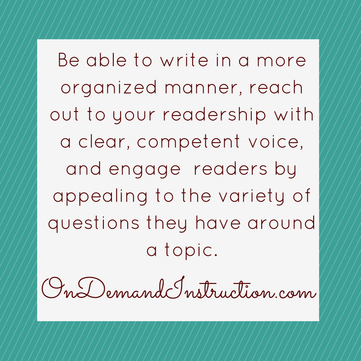
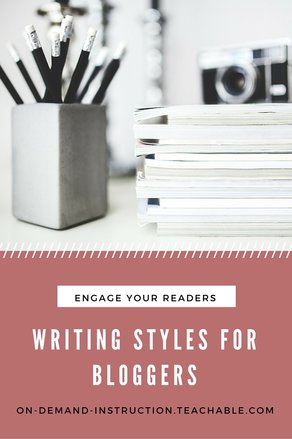
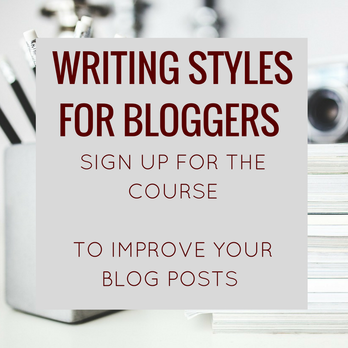
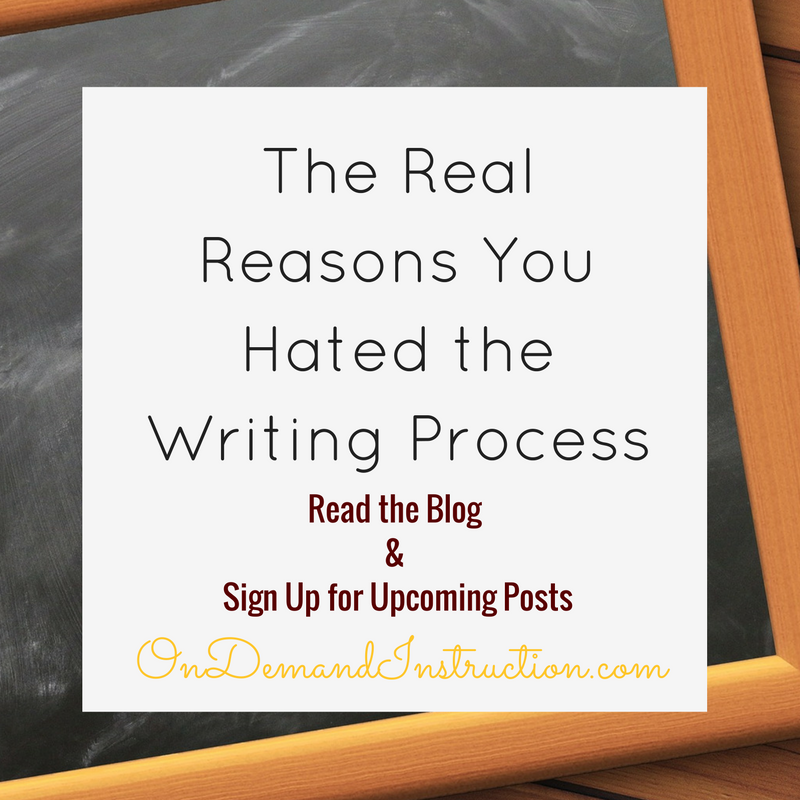
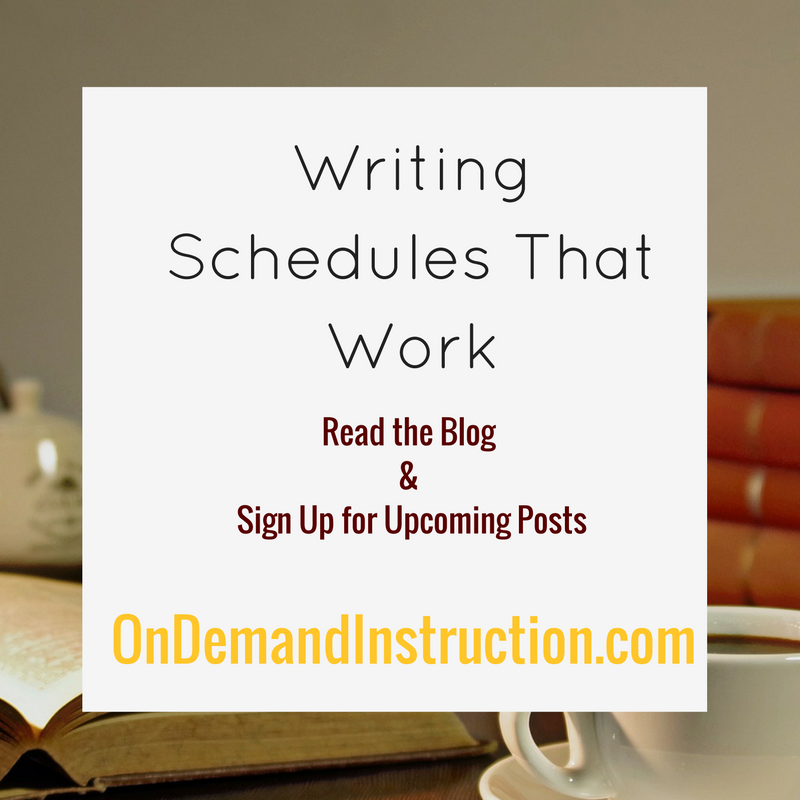
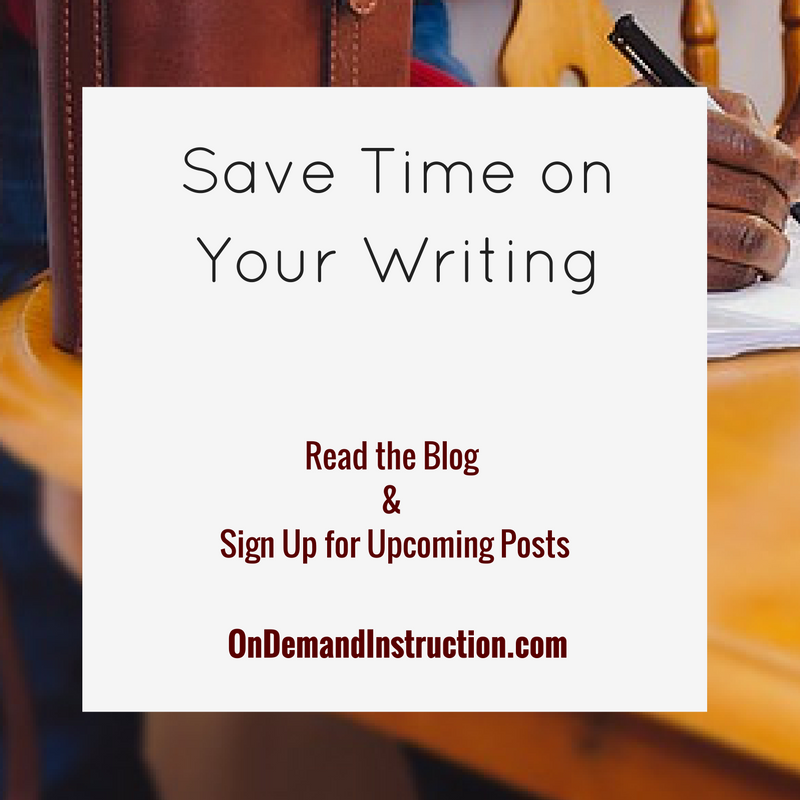
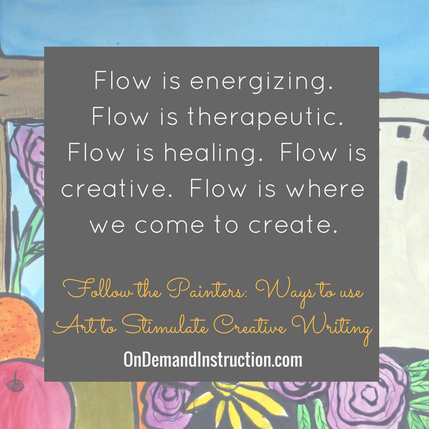
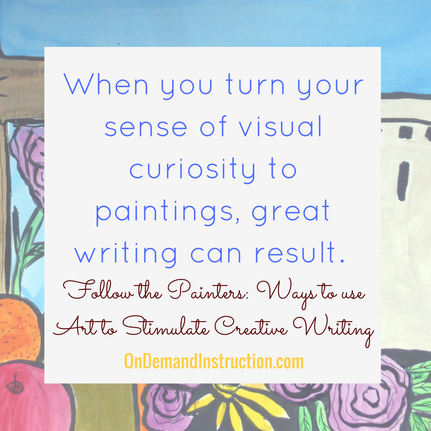
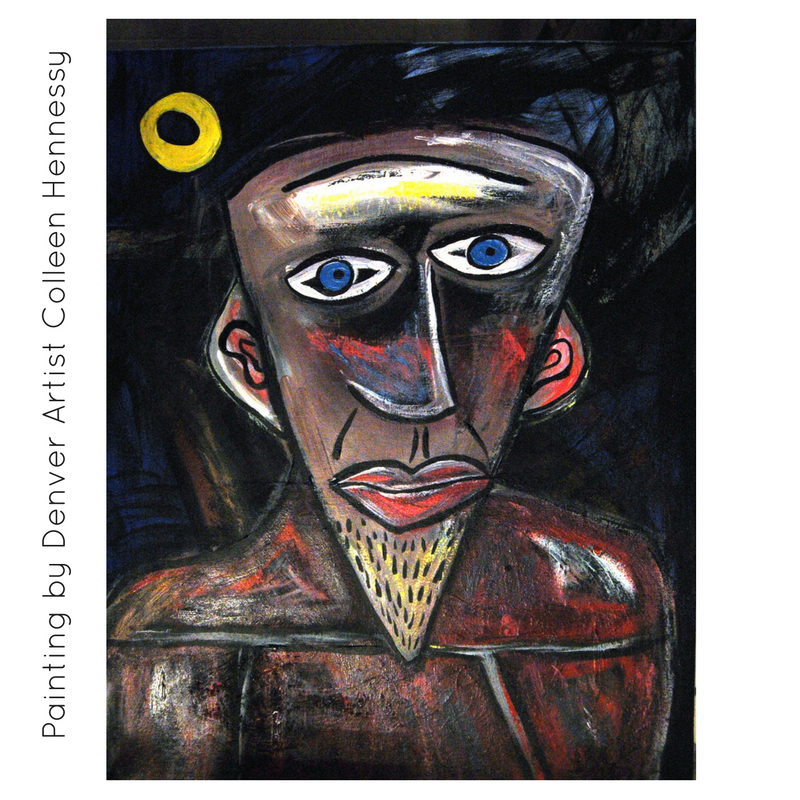
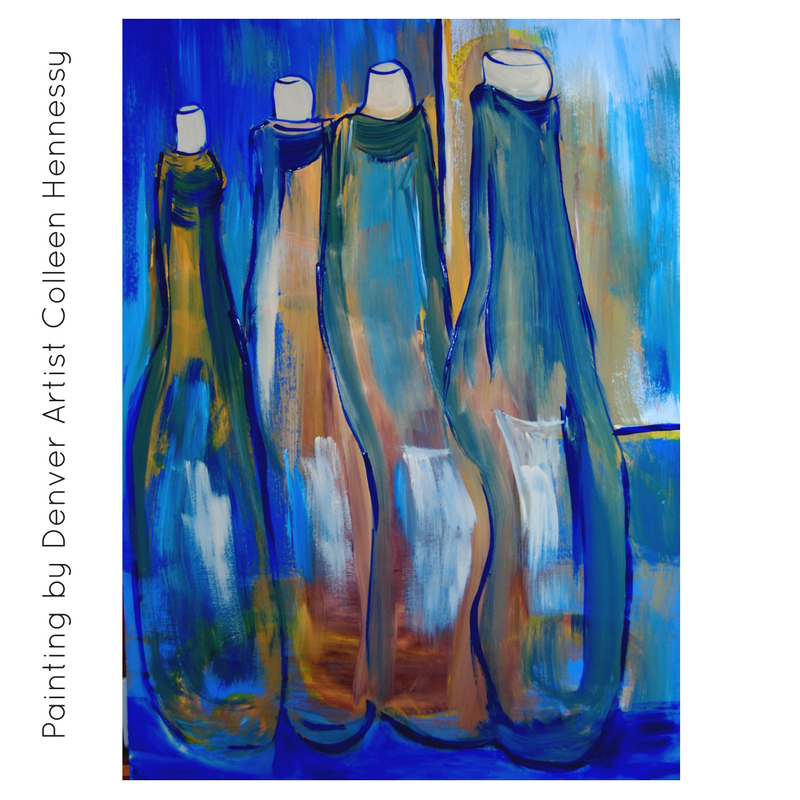
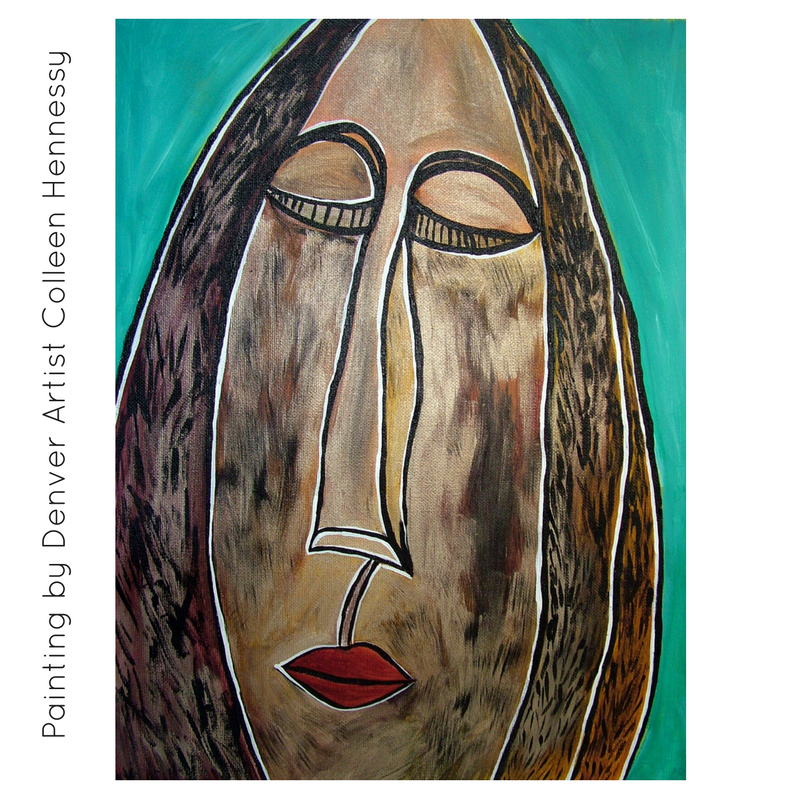
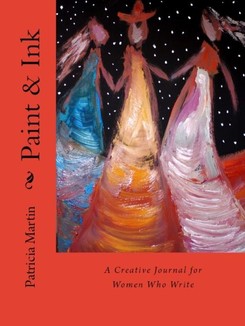
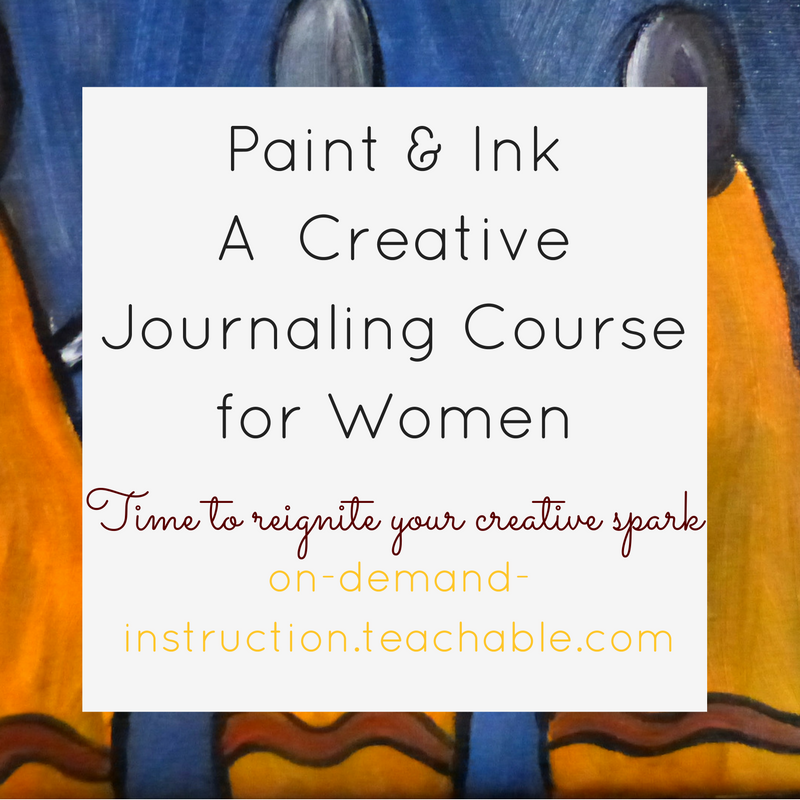
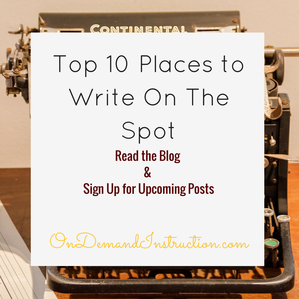
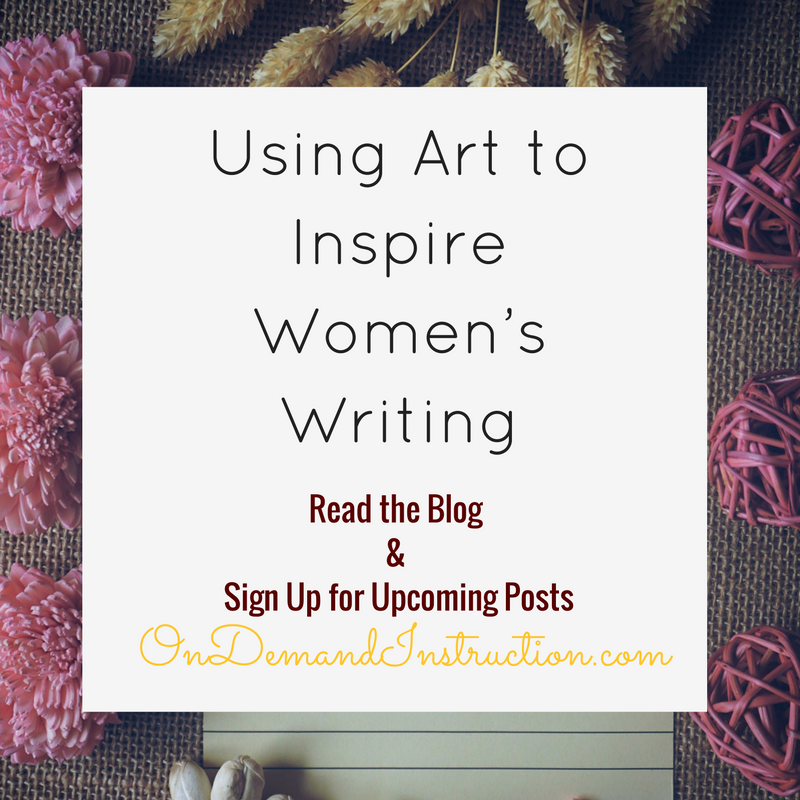
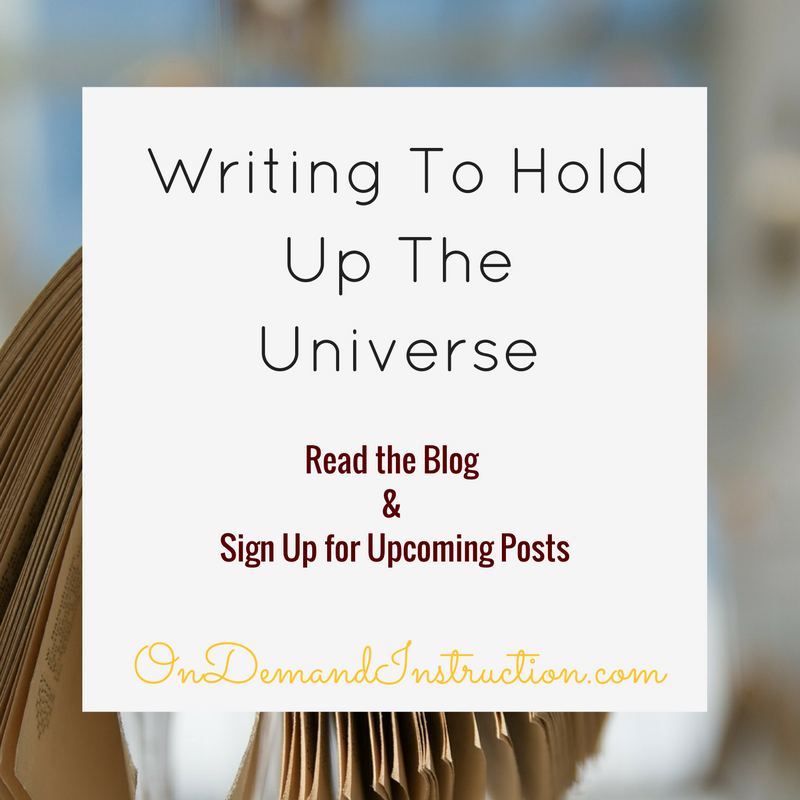
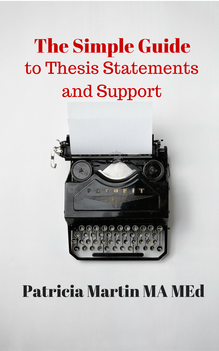
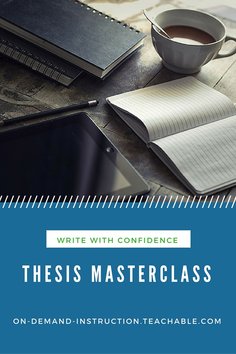
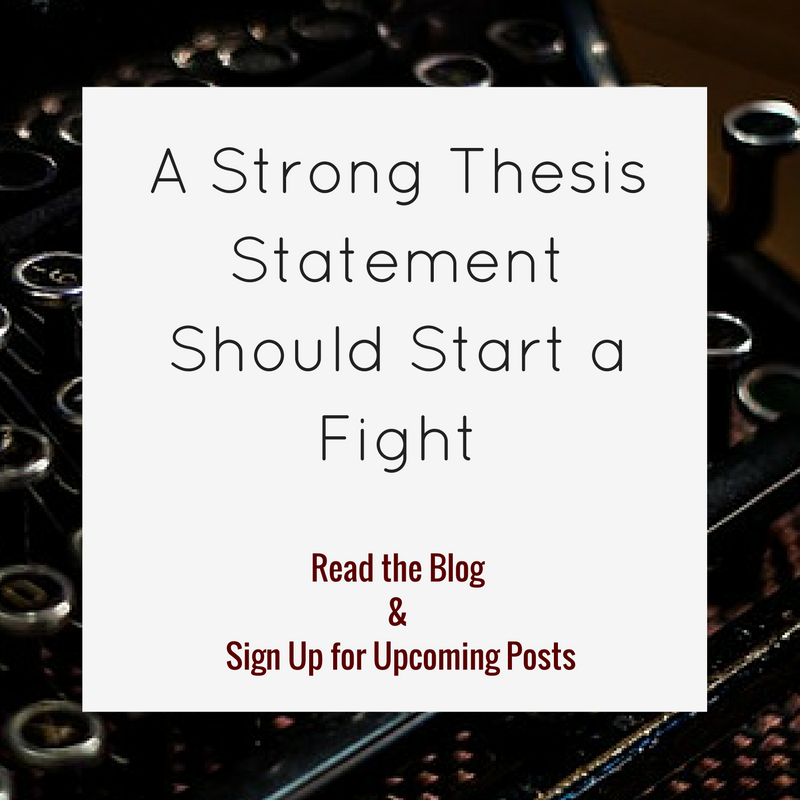
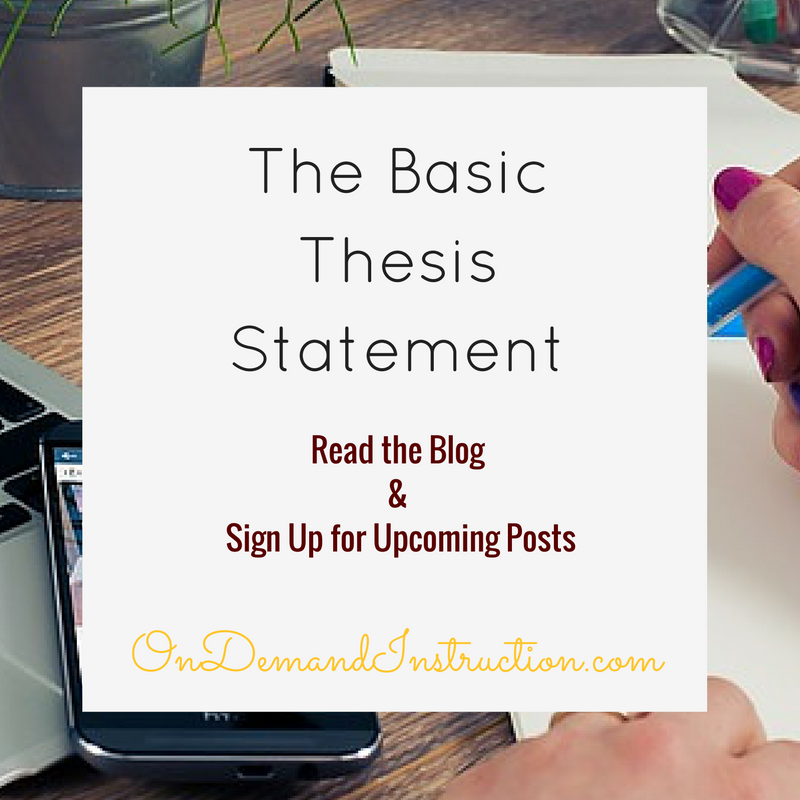
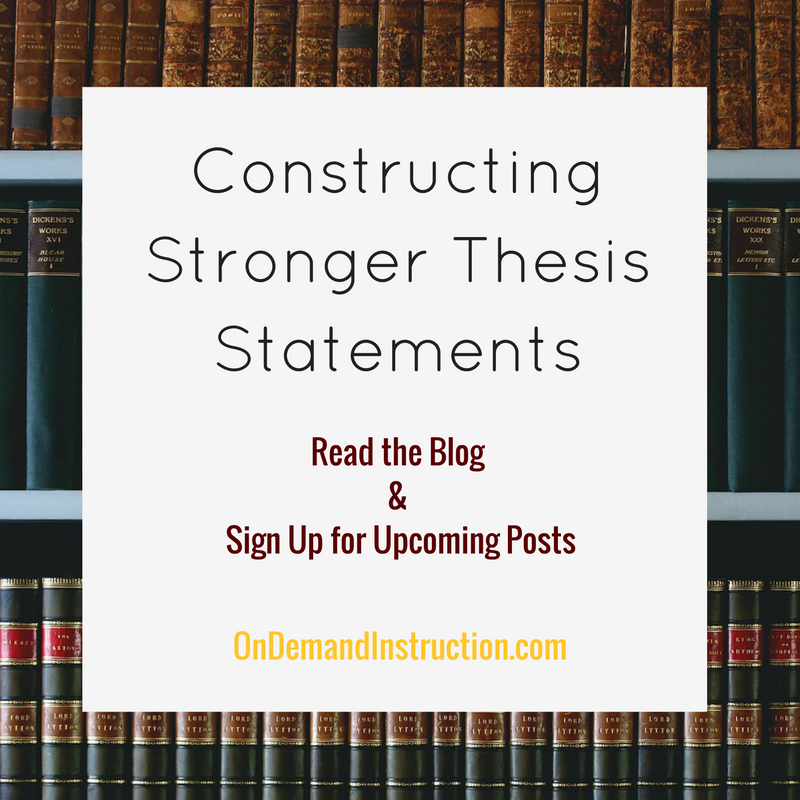
 RSS Feed
RSS Feed